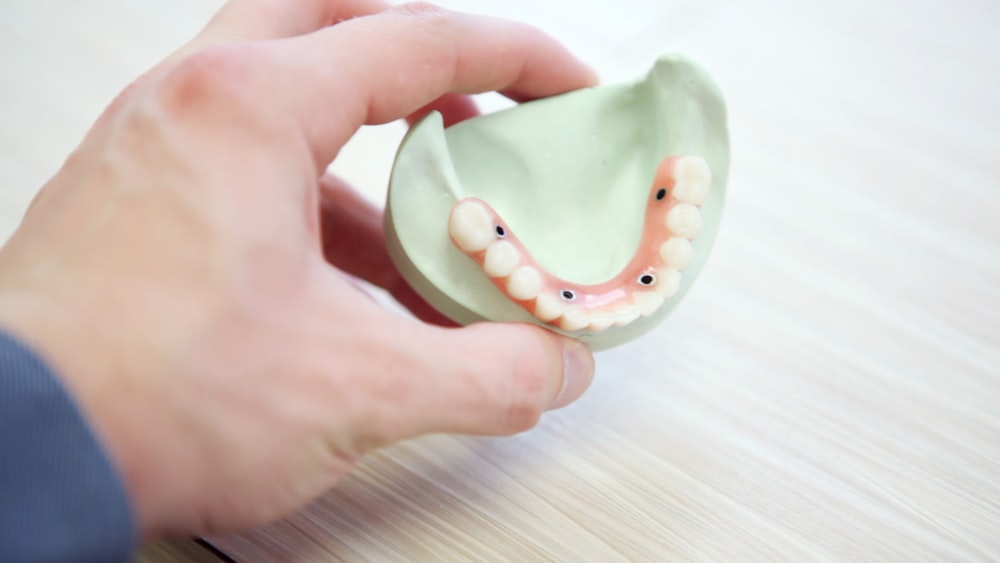Medical Transcription – The Continued Role In Documenting The Patient Encounter
With the release of the meaningful use criteria, there have been many doubts as to…
 With the release of the meaningful use criteria, there have been many doubts as to the role of medical transcription services in documenting the patient- healthcare professional encounter. Medical transcription has been an integral part of the healthcare process by diligently creating patient Vitamin Supplement Definition medical records maintaining quality standards of being accurate, timely, secure and cost effective and has also evolved from merely being a typing service to that of being a service that has effectively used technology to provide support to ease the working life of healthcare professionals.
With the release of the meaningful use criteria, there have been many doubts as to the role of medical transcription services in documenting the patient- healthcare professional encounter. Medical transcription has been an integral part of the healthcare process by diligently creating patient Vitamin Supplement Definition medical records maintaining quality standards of being accurate, timely, secure and cost effective and has also evolved from merely being a typing service to that of being a service that has effectively used technology to provide support to ease the working life of healthcare professionals.
To fully comprehend the continued role of medical transcription it is important to study the efficacy of alternate methods of capturing information.
Method 1: Capturing data at the point of care using a point and click template. Under this method the healthcare professional would have to capture data using customized templates during his/her interaction with the patient. Though this method promises instant report creation and cutting down of transcription costs, this method has some inherent shortcomings:
– Substantial investment in EMR – The healthcare facilities would have to make a substantial initial investment in the EMR System and spend a lot of time, money and efforts to customize the system to their specific requirements
– Loss of information that comes from the free form narration – It has been seen that healthcare professionals are comfortable with the free form narration allowed under the traditional dictation- transcription method of document creation. Point and click method would restrain the way information is collected from the patients and this would result in inadequate collection of information.
– Poor quality of documentation – The point and click templates would not reflect all the nuances and minute details Opportunities In Pharmacy Business of a patient encounter and would not tell the whole story which is such an integral part of the diagnostic process.
– Cost of lost productivity – Though this method of data capture eliminates the cost of transcription it would result in significant loss of the productive time of the doctors/nurses, eroding the bottom line to a substantial extent.
– Taking the focus away from providing quality care to the patient – Having to capture information in a structured manner would dilute the focus of the physician/ doctor on the process of providing care to the patient hindering the process and resulting in patient dissatisfaction.
– Risk management issues – A detailed record of the process of care including the symptoms, the diagnosis, the treatment process, the progress made by the patient is invaluable as evidence in case of malpractice litigation. Point and click templates may not provide the required amount of details
– Inaccurate or inadequate coding leading to inadequate reimbursement – Medicine is a vast field having many variables a point and click template may not cover all the aspects and this could result in improper capture of information. This could further result in poor coding leading to inadequate reimbursements.
Method 2: Using front end speech recognition software. Under this method the dictation of the healthcare professional is automatically converted into text format. Though this method also promises real-time report creation, this method of capturing information regarding the patient, it has some shortcomings:
– Cost of the software – Under this method though the costs associated with medical transcription are eliminated, a substantial investment in this software and subsequent customization to suit the needs of healthcare professionals could be required.
– Time spent training the software – Speech recognition or voice recognition software would require training from the healthcare professional with regards to the style, accent, the enunciation of the doctor to be able to produce documents of even 60%- 80% accuracy.
– Change in style of dictation – Using this software requires the healthcare professional to change his/her style of dictation causing loss of time and productivity
– Loss of productivity because of need for editing by the doctor – To be of reasonably acceptable quality the healthcare professional has to spend a substantial amount of time editing and proofreading the document produced by this software. This would constrain the healthcare professional’s productivity
– Could result in poor documentation quality – Due to obvious constraints like lack of time, lack of expertise of the healthcare professional in creating patient medical records and the inherent shortcomings of speech recognition software the documentation quality could be below par.
It can be seen that the role of specialist medical transcription services in the process of documenting the patient – healthcare professional encounter continues to be significant, though the mode of providing these services could have changed.
Outsourced medical transcription service providers have adapted to the changing requirements by providing editing and proof reading services to back end speech recognition. This enables conserve on the productivity of healthcare professionals.
For adopting the EMR/EHR system, one needs to look for a medical transcription service provider that has the capabilities to import patient information to the EMR/EHR system while at the same time able to maintain accuracy, turnaround time and offer reasonable rates. This could help overcome issues like loss of productivity leading to erosion of bottom line, personal care for patients etc.








